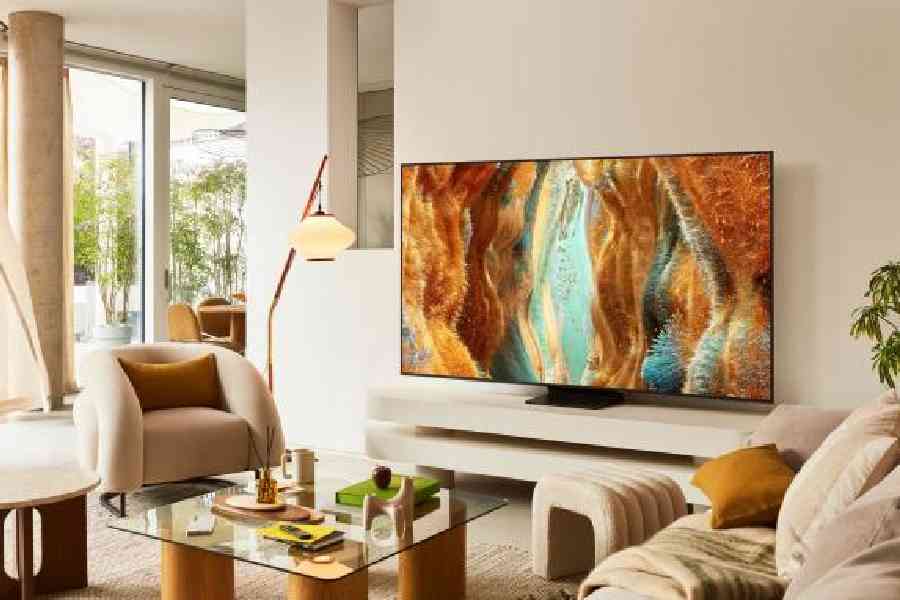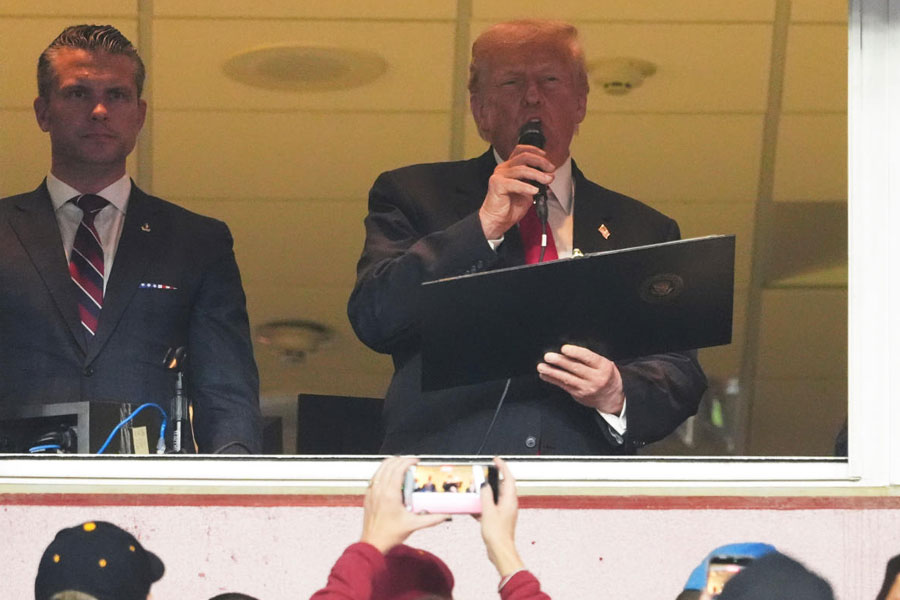Over the years, motion smoothing has given new-generation television sets a bad reputation, no matter how expensive the purchase. Whatever you watch appears like a soap opera... or something along those lines. Also known as motion or video interpolation, Samsung is fixing the problem with HDR10+ Advanced, which seems to take a direct shot at Dolby Vision 2. For most, the format will just be another format, but it can be an important one to consider when buying a TV in the coming months.
The company may even debut HDR10+ Advanced on Samsung’s 2026 TV line-up in January at CES 2026, when it usually unveils the year’s TV models, according to Forbes.
Problem with motion smoothing
To understand where HDR10+ Advanced can take users, it’s necessary to look back at motion smoothing. It was developed in the 1990s but became mainstream in the last 15-odd years. Most TV shows are shot at 24 frames per second, which means that for every second, 24 images are captured by the camera. The human eye is fine with this speed.
TVs, on the other hand, have a higher refresh rate. Modern TVs easily refresh between 60Hz and 240Hz. Since there is a mismatch in frame rates, you see a slight judder when watching something shot at 24fps. To reduce judder, the smart TV creates new frames and inserts them between those that already exist. It may make Jaws look like Grey’s Anatomy. Often, motion smoothing settings are buried deep inside sub-menus and are difficult to turn off.
What happens with HDR10+ Advanced
HDR10+ Advanced builds on the open-source HDR10+ dynamic metadata standard with a few important enhancements. The format already has a supporter in the form of Amazon’s Prime Video service. For a better understanding of the technology, visit the YouTube channel HDTVTest.
The first new feature in HDR10+ Advanced is HDR10+ Bright. It is not an ambient light compensation mode. A better way to think about it is as a form of HDR upscaling. The most advanced TVs these days are capable of reaching up to 4,000 or even 5,000 nits of HDR peak brightness, besides 100% of the BT2020 wide colour gamut.
With HDR10+ Bright, extended statistical metadata is provided to capture better variations in image tonality. Compatible Samsung TVs will then leverage new AI-driven algorithms to dynamically enhance brightness and colour based on the display’s capabilities.
Next is HDR10+ Genre, which is genre-based optimisation. Here, content creators can specify a genre and the encoder can determine detailed classifications. This metadata is then embedded into the HDR10+ Advanced video stream, allowing compatible TVs to apply optimised tone curves and picture processing specifically tailored to each genre.
Third is HDR10+ Intelligent Gaming, which introduces an adaptive cloud gaming mode. It allows tone mapping of cloud-based HDR10+ Advanced games to be adjusted in real time based on the ambient lighting in your room, delivering a more consistent and visually optimal gaming experience.
The next two features focus on precision and accuracy. HDR10+ Local Tone Mapping enables more targeted control over luminance mapping across specific areas of the screen, enhancing depth and highlight detail. Meanwhile, HDR10+ Colour expands the use of colour metadata, helping compatible HDR10+ Advanced TVs render colours more faithfully and with greater nuance.
Lastly, there’s HDR10+ Intelligent FRC. This feature allows motion smoothing to be selectively applied, with both activation and intensity signals within the HDR10+ Advanced metadata on a segment-by-segment basis, depending on content type, image brightness, and even ambient viewing conditions. The intelligent frame interpolation within HDR10+ Advanced doesn’t force the soap-opera effect, or SOE. It simply provides metadata to guide compatible TVs, and crucially, users still retain the option to override this and preserve native 24p motion without interpolation whatsoever.
In September, Dolby announced its Dolby Vision 2. Dolby’s announcement described Authentic Motion as “the world’s first creative-driven motion control tool to make scenes feel more authentically cinematic without unwanted judder on a shot-by-shot basis”. Authentic Motion will be available on TVs that adopt Dolby Vision 2’s most advanced tier, called Dolby Vision 2 Max, and will target high-end TVs.











